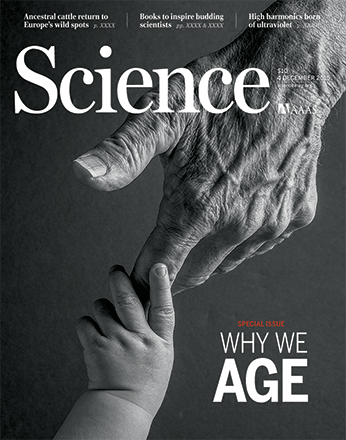
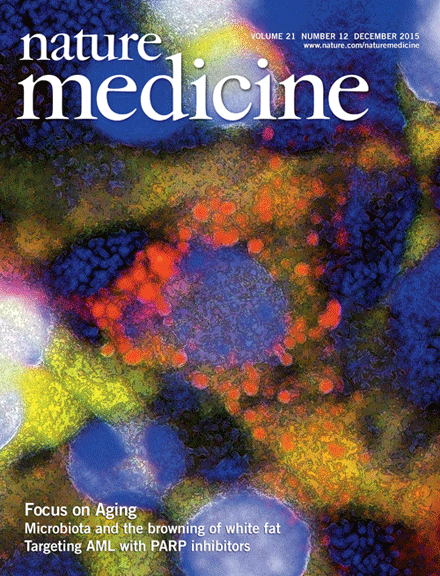
The January newsletter and blog 1 were dedicated to healthy aging. This blog is a follow up to highlight two top flight journals dedicating their covers to aging. Pull up a chair and enjoy direct quotes from the best science (OK, at least read the titles:)
Healthy aging: The ultimate preventative medicine
Science 4 December 2015: 1191–1193.
“Age is the greatest risk factor for nearly every major cause of mortality in developed nations. Despite this, most biomedical research focuses on individual disease processes without much consideration for the relationships between aging and disease. Recent discoveries in the field of geroscience, which aims to explain biological mechanisms of aging, have provided insights into molecular processes that underlie biological aging and, perhaps more importantly, potential interventions to delay aging and promote healthy longevity. Here we describe some of these advances, along with efforts to move geroscience from the bench to the clinic. We also propose that greater emphasis should be placed on research into basic aging processes, because interventions that slow aging will have a greater effect on quality of life compared with disease-specific approaches.”
Human telomere biology: A contributory and interactive factor in aging, disease risks, and protection
Science 4 December 2015: 1193–1198.
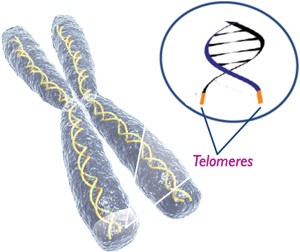
“Telomeres are the protective end-complexes at the termini of eukaryotic chromosomes. Telomere attrition can lead to potentially maladaptive cellular changes, block cell division, and interfere with tissue replenishment. Recent advances in the understanding of human disease processes have clarified the roles of telomere biology, especially in diseases of human aging and in some aging-related processes. Greater overall telomere attrition predicts mortality and aging-related diseases in inherited telomere syndrome patients, and also in general human cohorts. However, genetically caused variations in telomere maintenance either raise or lower risks and progression of cancers, in a highly cancer type–specific fashion. Telomere maintenance is determined by genetic factors and is also cumulatively shaped by nongenetic influences throughout human life; both can interact. These and other recent findings highlight both causal and potentiating roles for telomere attrition in human diseases.”
Telomere length is affected by our environment and the food we eat. The better we take care of ourselves the longer the telomere and the longer we live.
The metabolic regulation of aging
Nature Medicine December 2015, Volume 21 No 12 pp1416 – 1423
It is all about Energy; the mitochondria produce energy from the food we eat. The healthier we eat the longer we live.
Mitochondrial dysfunction and longevity in animals: Untangling the knot
Science 4 December 2015: 1204–1207.
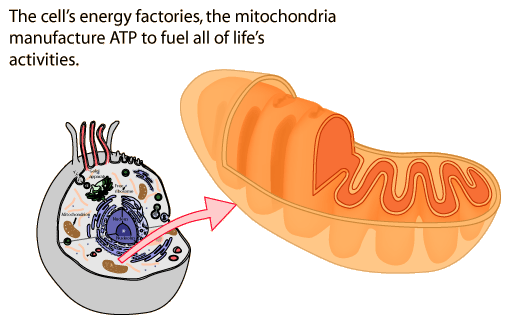
“Mitochondria generate adenosine 5′-triphosphate (ATP) and are a source of potentially toxic reactive oxygen species (ROS). It has been suggested that the gradual mitochondrial dysfunction that is observed to accompany aging could in fact be causal to the aging process. Here we review findings that suggest that age-dependent mitochondrial dysfunction is not sufficient to limit life span. Furthermore, mitochondrial ROS are not always deleterious and can even stimulate pro-longevity pathways. Thus, mitochondrial dysfunction plays a complex role in regulating longevity.”
NAD+ in aging, metabolism, and neurodegeneration
Science 4 December 2015: 1208-1213.
“Nicotinamide adenine dinucleotide (NAD+) is a coenzyme found in all living cells. It serves both as a critical coenzyme for enzymes that fuel reduction-oxidation reactions, carrying electrons from one reaction to another, and as a cosubstrate for other enzymes such as the sirtuins and poly(adenosine diphosphate–ribose) polymerases. Cellular NAD+ concentrations change during aging, and modulation of NAD+ usage or production can prolong both health span and life span. Here we review factors that regulate NAD+ and discuss how supplementation with NAD+ precursors may represent a new therapeutic opportunity for aging and its associated disorders, particularly neurodegenerative diseases.”
Think of aging as oxidizing, just like a machine not properly maintained, like the Tin Man. Eating a diet high in antioxidants, or plant based, prolongs life.
Gut microbiota and aging
Science 4 December 2015: 1214-1215.

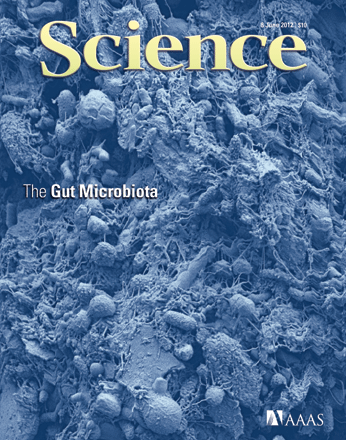
“The potential for the gut microbiota to affect health has a particular relevance for older individuals. This is because the microbiota may modulate aging-related changes in innate immunity, sarcopaenia (loss of muscle mass), and cognitive function, all of which are elements of frailty. Both cell culture–dependent and –independent studies show that the gut microbiota of older people differs from that of younger adults. There is no chronological threshold or age at which the composition of the microbiota suddenly alters; rather, changes occur gradually with time. Our detailed analyses have separated the microbiota into groups associated with age, long-term residential care, habitual diet, and degree of retention of a core microbiome.”
Microbiota depletion promotes browning of white adipose tissue and reduces obesity
Nature Medicine December 2015, Volume 21 No 12pp1497 – 1501
Browning of white adipose tissue is induced by depletion of the microbiota, improving metabolic disease and reducing obesity.
Yeah, I wrote a book about all this…


